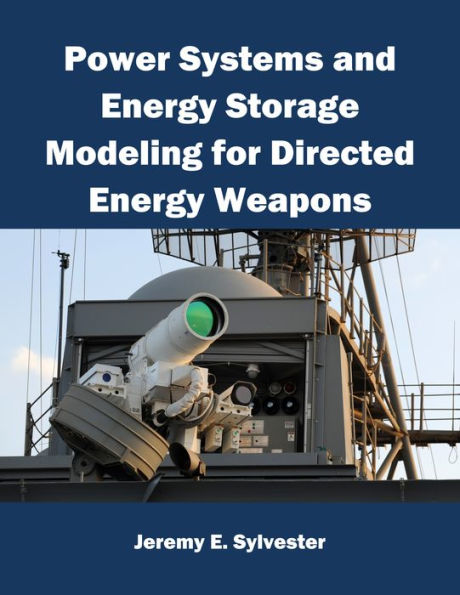In a world of constantly evolving combat science, the United States Navy has stayed ahead of other nations in innovation and technology. There is constant research and development involved in discovering the next “game changer” that keeps our military comfortably able to confront any challenge. Directed energy weapons have been researched for decades but are now making their way onto naval platforms. These systems will allow our naval combatants the ability to target multiple adversaries at significant ranges and to deliver energy at the speed of light to relevant targets. A 30 kW solid-state laser is now being installed for deployment onboard the USS Ponce in FY 2014.1 As lasers progress in technology and power, the question remains: are the power systems on our ships ready for these innovations, and, if not, what is necessary to make them ready?
As the United States Navy makes leaps forward in technology that is being deployed onboard ships, there is a growing need for research to predict what will be needed to integrate new weapon systems with old. Directed energy weapons are being deployed onboard naval platforms starting in 2014, and this paper seeks to answer the question of what energy storage, if any, must be used in conjunction with high-power lasers in order to integrate them with current ships in the fleet.
Four energy storage methods are being researched in this book. These storage medias will allow a ship to fire multiple shots from a high-powered laser without taxing the ship’s electrical system. Lead acid batteries, lithium ion batteries, supercapacitors, and flywheels each have their benefits and drawbacks, and those will be discussed. A computer simulation has been developed and used to represent a DDG-51 Arleigh Burke class destroyer and each of the four energy storage methods. This simulation was run repeatedly with different powered high-powered lasers in order to produce a recommendation for what types of energy storage would be necessary to operate these devices onboard ships.



